Smart contracts are core elements of Web3. Thus, learning smart contract programming and developing proficiency in one of the leading smart contract programming languages is one of the best ways to join the Web3 revolution. That said, since we are in the early stages of the internet’s new era, knowing where and who to turn to can be quite challenging for those wanting to learn smart contract programming. If you find yourself in that situation, you’ve come to the right place! In this guide, we explore the ins and outs of smart contract programming, necessary languages, which language you should learn, and how you can get started in blockchain programming today!
Moving forward, we’ll first explain what smart contract programming is. Then, we’ll ensure that you also know what Web3 contracts and smart contract languages are. Next, we’ll explore smart contracts more in-depth and look closely at the leading smart contract languages. Consequently, you’ll discover what programming language would suit your needs and, in turn, which language you should learn!
Nonetheless, we’ll ensure you learn how to make the most out of your legacy dev skills. This is where Moralis enters the scene. After all, this ultimate Web3 API provider bridges the development gap between Web2 and Web3. Essentially, thanks to Moralis, you can use legacy programming languages to create dapps. What’s more, all you need is a free Moralis account!
In addition, completing a high-quality smart contract programming course is a wise investment in your future. Thus, consider enrolling in Moralis Academy to access the Ethereum smart contract programming 101 and Ethereum smart contract security courses.

What is Smart Contract Programming?
Smart contract programming involves creating, compiling, deploying, and verifying smart contracts. While the last three steps do not require significant programming skills, writing advanced smart contracts from scratch is no walk in the park. As you’ll soon learn, it requires you to know specific programming languages depending on the blockchains you want to focus on. However, while mastering smart contract development takes time and effort and requires completing a smart contract programming course or two, getting started with basic development is not that tricky. After all, there are many verified smart contract templates at your disposal. Hence, you can simply tweak a few lines of code to match your needs. As far as compiling, deploying, and verifying goes, a practical browser tool, such as the Remix IDE, makes it relatively straightforward.
Furthermore, smart contract programming may also refer to dapp development that somehow involves interaction with smart contracts. For instance, you may use a Web3 JS call contract function or listen to smart contract events using ethers.js. However, technically speaking, you are not coding smart contracts in those cases. Instead, you just interact with already deployed contracts – listening to their events and triggering Web3 contract methods. Furthermore, this is rather simple since you can call a smart contract function from JavaScript or other legacy programming languages, thanks to Moralis.
All in all, getting started with smart contract programming is quite simple. However, you need to understand the basics, including what smart contracts and smart contract languages are.
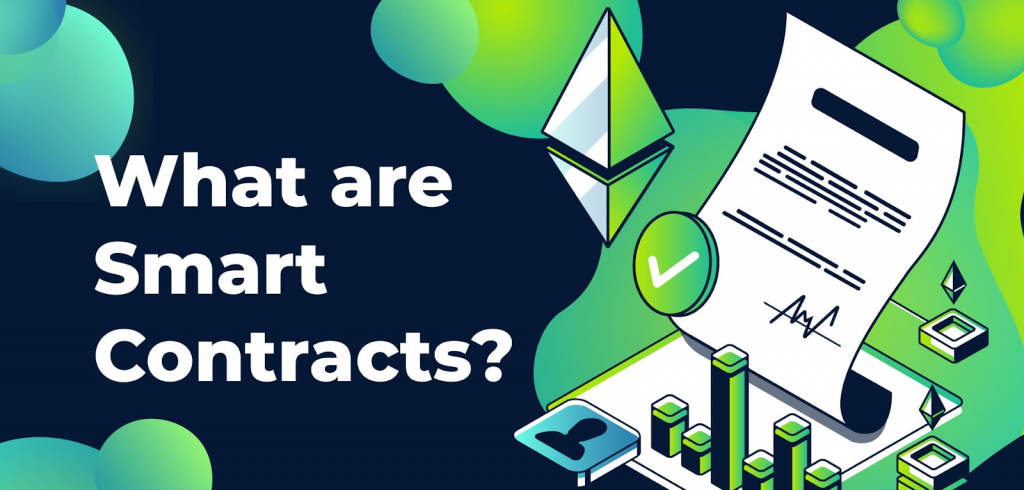
What are Smart Contracts and Smart Contract Languages?
Smart contracts are pieces of software that run on blockchains. Developers deploy these on-chain programs on programmable blockchain networks, such as Ethereum. Furthermore, smart contracts automate all sorts of on-chain processes, executing specific predefined actions when certain predefined conditions are met. This automation makes them smart. However, each smart contract can be only as smart as its coder. Fortunately, all deployed smart contracts are public, as transparency is one of the key aspects of blockchain tech. Consequently, everyone can inspect the code. The latter also leads to verified smart contract templates, which are based on tested smart contracts. Nonetheless, it’s also worth pointing out that smart contracts are often referred to as Web3 contracts.
On the other hand, smart contract languages refer to smart contract programming languages. These are coding languages that devs use to write Web3 contracts. As you will learn herein, there are several languages you can use to write these contracts. Your options depend on what blockchain network you want to focus on.
In the context of education, you need to enroll in one type of smart contract programming course to target Ethereum and another if your goal is to target Solana. Moreover, Ethereum smart contracts run on Ethereum Virtual Machine (EVM). As such, you can use the same programming language to write Web3 contracts on other EVM-compatible chains. This is also one of the main reasons why learning Solidity typically makes the most sense.
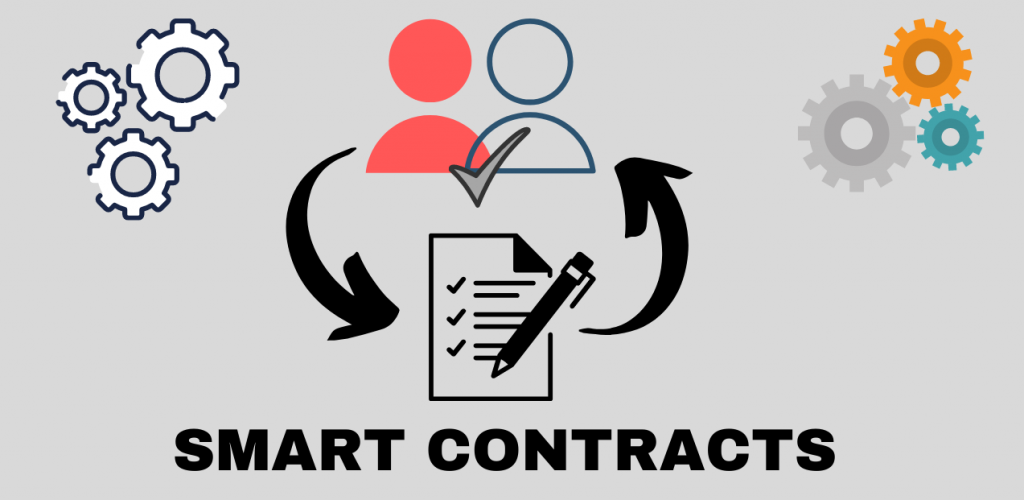
Exploring Smart Contracts
Before we take a look at the leading contract languages, we want to show you how you can explore any contract on your own. For this purpose, we’ll focus on Ethereum and this chain’s explorer (Etherscan). However, all smart contracts follow very similar principles and all blockchains have their own explorers. Hence, you can apply the following example to explore any other smart contract on any blockchain. All you’ll need to explore any contract is either a smart contract address or a project’s name.
Functions/Methods
Among other components, smart contracts include functions/methods. These contract functions can be either “read” or “write” type. To clarify, let’s look at the “Cool Cats” NFT example on Etherscan:

To explore this project’s smart contract, we need to scroll down and select the “Contract” tab:

As the above screenshot indicates, the “Contract” tab contains three options: “Code”, “Read Contract”, and “Write Contract”. The “Read Contract” and “Write Contract” options include the “read-only” or “read” and “write” functions that are inside the smart contract in question. When on the “Write Contract” tab, Etherscan offers the “Connect to Web3” button. After all, if we want to interact with “write” functions, we must execute on-chain transactions. These smart contract functions (when executed) change the contract’s storage (the state of the blockchain) by executing on-chain transactions.
On the other hand, “read” methods are non-invasive – they just read contract data. Hence, these functions do not modify the current state of the blockchain. As such, there’s no transaction required to call these functions. The “read” contract functions basically just read certain storage variables of the deployed smart contract. If we select the “Read Contract” tab, there’s obviously no “Connect to Web3” button. Instead, we get to see all the read-only smart contract functions of that contract:

Code and ABI
As you’d expect, we can view the smart contract’s code by selecting the “Code” tab:

On the “Code” tab, we can also find the smart contract ABI (application binary interface). The latter is an essential piece of information as it enables you to include smart contracts in dapps. To get to the “Contract ABI” section, we just need to scroll down the “Code” page. There, we can easily copy the entire ABI or select any particular part of it:

Note: If you want to learn how to use contract ABIs to go about smart contract programming using existing smart contracts, watch the video at the bottom of today’s article.
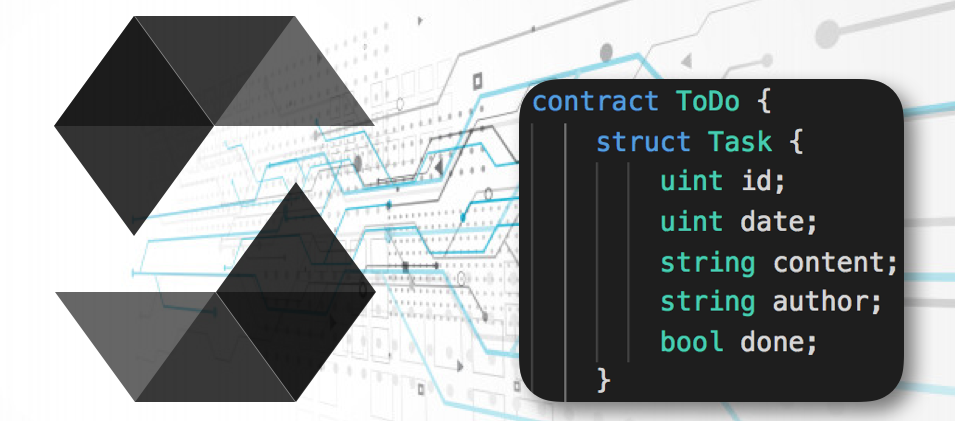
Languages for Smart Contract Programming
As pointed out previously, there are many smart contract languages you can choose from. However, the second you decide on what blockchain you want to focus on, your options typically narrow down to one or two languages. The leading options normally include the following languages:
- Solidity for Ethereum and other EVM-compatible chains.
- Vyper for Ethereum and other EVM-compatible chains.
- Yul (and Yul+) as an intermediate language for the Solidity compiler.
- Rust for Solana, Polkadot, NEAR, and several other chains.
- C++ for EOS.
- JavaScript (NodeJS) for Hyperledger Fabric and NEAR.
Other mention-worthy smart contract programming languages include Clarity (Bitcoin), Cadence (Flow), Golang/Go (Ethereum), LIGO (Tezos), Marlowe (Cardano), Move (Aptos), Python (Hyperledger Fabric), and TEAL (Algorand).
Moving forward, we’ll do a quick overview of Solidity, Vyper, and Yul because these are relatively new programming languages specifically designed for smart contract programming. On the other hand, you probably already know the basics of Rust, C++, and JavaScript. After all, they are all well-established general-purpose programming languages.

Solidity
Solidify was the first smart contract language. This first-mover advantage and Ethereum’s success make Solidity the most popular option. Those who use Solidity can thank Christian Reitwiessner and Alex Beregszaszi – they invented it together with several former Ethereum core contributors. Furthermore, as indicated previously, Solidity focuses on creating smart contracts for the Ethereum chain. Thus, Solidity scripts run on EVM. Accordingly, this smart development language serves other EVM-compatible chains.
A closer look at this smart contract language reveals that Solidity is an object-oriented, high-level, curly-bracket programming language. It’s also statically typed. The inspiration for Solidity comes primarily from C++, Python, and JavaScript. It also supports inheritance, complex user-defined types, libraries, and several other features. All in all, with Solidity, you can create all sorts of smart contracts that will run on EVM.
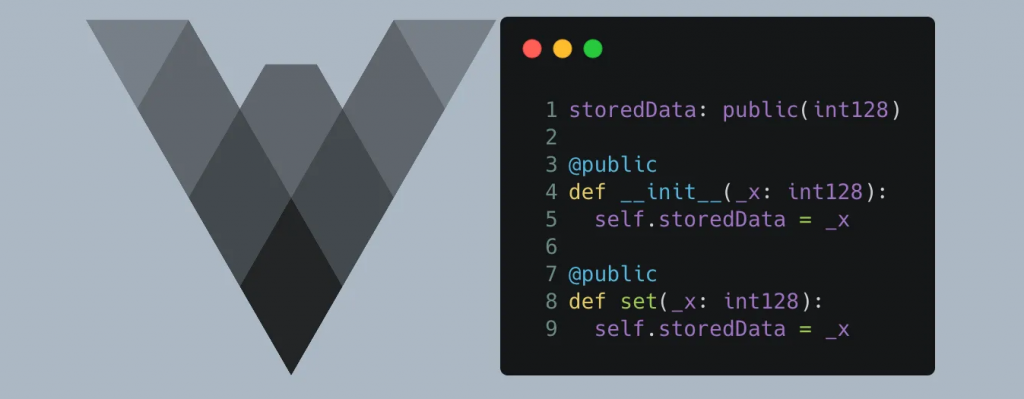
Vyper
Vyper is the leading alternative to Solidity. Yet, a lot fewer devs use it. As a result, there aren’t many Vyper smart contract programming course options.
Vyper is a pythonic, strong-typed programming language. Its advantage is that it comes with a small and understandable compiler code. This language also has highly efficient bytecode generation. In fact, Vyper was intentionally designed to have fewer features than Solidity with the goal of further improving the security of smart contracts. Furthermore, this simplicity should also make auditing smart contracts more straightforward. So, due to this simplification, Vyper doesn’t support inheritance, modifiers, inline assembly, operator overloading, function overloading, infinite-length loops, recursive calling, and binary fixed points.
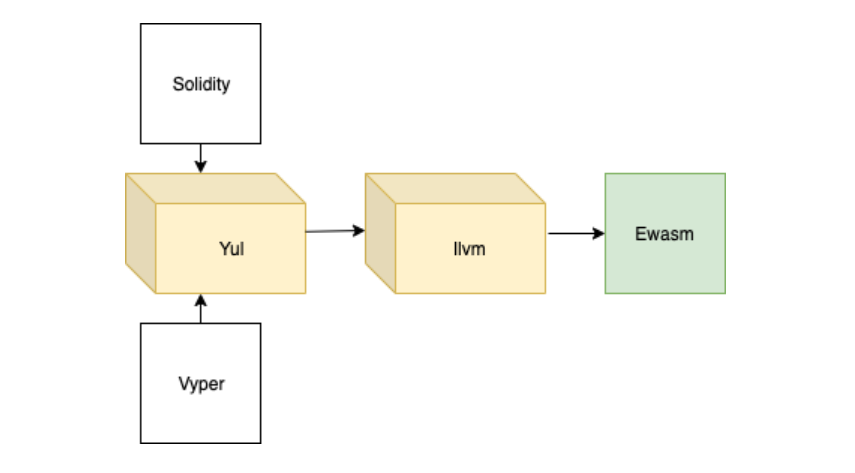
Yul
When it comes to Yul, it’s not a self-sufficient smart contract programming language. As the above image indicates, it is an intermediate programming language. It supports EVM and ewasm (Ethereum-flavored WebAssembly). Yul’s good target for high-level optimization stages can benefit both EVM and ewasm platforms. In addition, Yul comes with Yul+, which is Yul’s low-level, highly efficient extension. Yul+ was originally designed for an optimistic rollup contract. However, now we can think of Yul+ as an experimental upgrade proposal to Yul.
Nonetheless, it’s important to note that in order to work with Yul and Yul+, you must first get familiar with Solidity or Vyper. In addition, make sure to learn more about smart contract security and the best practices for working with EVM before starting with Yul.

What Programming Language Should I Learn for Smart Contracts?
The most general answer to the above question would be Solidity. After all, the latter is rather simple to start with and covers Ethereum and other leading EVM-compatible chains. Furthermore, there are many quality resources and tools for learning and working with this smart contract language. It has a large community and many verified templates. So, if you are looking for a smart contract programming course that will teach you a future-proof language, find one focusing on Solidity.
However, it’s also important to take a more personalized approach to smart contract development. This means that before diving into any smart contract programming course, you need to consider your situation. What’s your goal? What programming languages do you already know? For instance, if you are Rust or C++ proficient, it makes sense to explore smart contract development on chains that enable you to create smart contracts with that programming language.
Your smart contract programming journey also depends on your Web3 development goals. For example, if you plan on creating a portfolio dapp or a Web3 wallet, you do not need to create your own smart contracts. In fact, there are many types of dapps that you can build without deploying your own smart contracts.

Start Creating Dapps Today!
Thanks to Moralis’ Streams API, you can easily incorporate any existing smart contract into your dapps. What’s more, Moralis provides you with the ultimate Ethereum API. The latter supports Ethereum and other leading EVM-compatible chains. Consequently, you can fetch any on-chain data on all reputable blockchains. Moralis is also all about cross-platform interoperability. As a result, you can join the Web3 revolution with your legacy skills, meaning you can start building dapps before you complete any smart contract programming course. What’s more, you can start for free!
Nonetheless, we encourage you to use the video below to see the power of Moralis for smart contract programming firsthand. By completing the video’s tutorial, you can learn to trigger smart contract “read” functions from all sorts of dapps.
Smart Contract Programming – The Ultimate 2023 Guide to Blockchain Programming – Summary
In today’s article, you had an opportunity to learn what smart contract programming is. Along the way, we also refreshed your understanding of smart contracts. You learned how to use blockchain explorers to examine any smart contract and even interact with it. We listed the leading smart contract languages. Consequently, you now know that Solidity, Vyper, Yul, Rust, C++, and JavaScript are the most popular options. In addition, we even did a quick overview of Solidity, Vyper, and Yul. Last but not least, you learned that enrolling in a Solidity smart contract programming course may be a great option for you. However, you also know there are other paths to becoming a Web3 developer. After all, with Moralis, you can start creating all sorts of dapps with your legacy dev skills.
So, if your goal is to master smart contract programming, enroll in Moralis Academy and complete the two courses presented in the intro. On the other hand, if you wish to start “BUIDLing” killer dapps, dive into the Moralis documentation. In the getting started section, you’ll find beginner-friendly tutorials to help you create your first dapp in minutes. In addition, do not forget to explore other blockchain development topics that await you on the Moralis YouTube channel and the Moralis blog. Some of the latest articles focus on learning Web3 programming, Ethereum logs and events, top blockchain storage companies, and much more!
